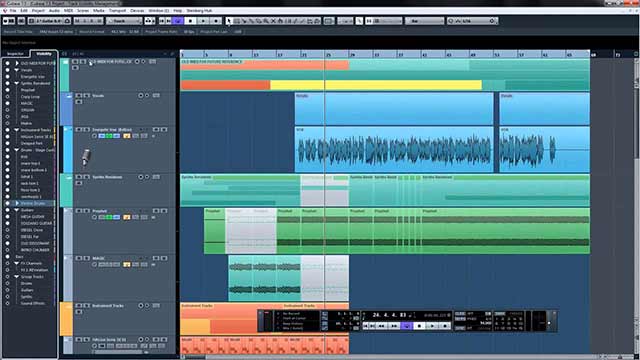Elicenser Key Generator

7 results - Download Cubase 5 elicenser activation code cracked keygen. Download Cubase 5 elicenser activation code. Crucc 2.4 front designer 3 0 crack.
• • Introduction This article is about a license key generation program. As you know when you get a software package it usually requires a license key. The keys that are generated show various pieces of information, such as product, customer and version. With this program and library you can create the key and later read it in to validate that the correct key was used. This is used not only for selling commercial products but also in deploying enterprise applications. With a license key you can turn features on and off for each customer, have product feature expire at the end of a demo period, or any other type of enabling or disabling you desire. Since I wanted to put this code in CodeProject I adhered to using NUnit as my unit testing tool, NDoc as my documentation tool, and FxCop as my code analyzer.
In this project, I created an interactive test tool to test the various features of the library. Background There are various ways to create keys; this article shows one such way. Another site that does License keys is. Using the code The license keys are created with either a base 10 or base 16 integer data set.
Most keys are base 16 for all of the numbers. The license key template is a string of characters that represent what actions will be taken when the key is created and decoded. Two types of templates are Bytes and Bits.
Bytes are used when the key will be a simple key that does not require a lot of fields and data encoding. Bits are used when there will be more fields and the encoding will be harder to decipher. This version requires that all fields be on the byte boundary so it is a little easier to decipher the end result. The next version will not be aligned on a byte boundary so it will be harder to decipher. The key template has two characters that are defined by default. The x character states just a filler or random number.
The c character defines a checksum character. These two characters are the only two that are reserved.
A sample of the template and the resulting license key for Byte values and Decimal numbers are: xxxxxxxx-xx-xxxxxxxx-xx 6965891517-23 A sample of the template and the resulting license key for Bit values and Hex numbers are: xxxxxxxxxxxxxxxxxxxx-xxxxxxxxxxxxxxxxxxxx-xxxxxxxxxxxxxxxxxxxx-xxxxxxxxxxxxxxxxxxxx BC017-1-160C4 With this library you can define the tokens that you want to replace real values with, such as product numbers, version numbers, serial numbers, or user counts. GenerateKey gkey; gkey = new GenerateKey(); gkey.LicenseTemplate = ' xxxxxxxx-xxxx-xxxxxxxx-xxxx'; gkey.MaxTokens = 0; gkey.UseBase10 = true; gkey.UseBytes = true; gkey.CreateKey(); finalkey = gkey.GetLicenseKey(); The above example shows how to create a license key that has no tokens, uses base 10 numbers, and uses bytes for the template definition.
Since no tokens are used, it really just creates a random number. GenerateKey gkey; gkey = new GenerateKey(); gkey.LicenseTemplate = ' vvvvppppxxxxxxxxxxxx' + ' -xxxxxxxxxxxxxxxxxxxx-xxxxxxxxxxxxxxxxxxxx' + ' -xxxxxxxxxxxxxxxxxxxx-xxxxxxxxxxxxxxxxxxxx'; gkey.MaxTokens = 2; gkey.AddToken( 0, ' v', LicenseKey.GenerateKey.TokenTypes.NUMBER, ' 1'); gkey.AddToken( 1, ' p', LicenseKey.GenerateKey.TokenTypes.NUMBER, ' 2'); gkey.UseBase10 = false; gkey.UseBytes = false; gkey.CreateKey(); finalkey = gkey.GetLicenseKey(); This example shows how to create a license key that has two tokens. The first token sets the version to use a token of v with a value of 1. The second token sets the product to use a token of p with a value of 2. It also uses hex numbers and bits for the template definition. Corsair h100i v2 firmware update.